Princess Anne - The Queen's only daughter and little-known stories
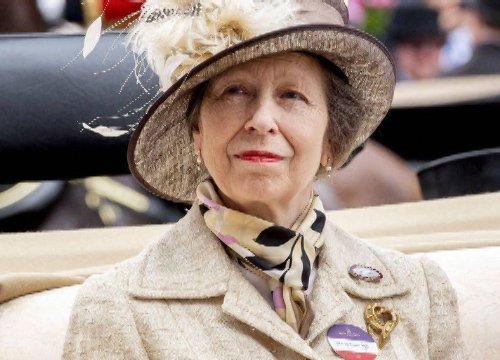
1 | 0 Discuss | Share
According to the BBC, royal women are required to wear hats at public events. The rule was officially recorded in a 1952 decree. The leading British television channel also shared that this may have originated from religious habits.
Additionally, Diana Mather, a senior lecturer at the British etiquette consultancy, said: "Until the 1950s, women rarely went out without hats, as it was considered unseemly to show their hair in public."
Even today, the culture of wearing hats is no longer popular, but the Queen and the Princesses always continue to promote it, to protect the tradition of the Royal family. The unique style of accessories is also a way for them to create a different look and attract the attention of the public.
From horse racing to Princess Charlotte's birthday, Kate Middleton is never short of unique hats. She always knows how to make herself look charming, by combining harmonious colors between her outfit and the accompanying accessories.
In addition to hats, crowns are also an indispensable accessory for British Princesses. However, this accessory is reserved for married women.
Crowns are worn by members of the family at traditional events, especially evening parties. "The long-standing rule is that hats are not worn indoors after 6 p.m. That's when women change into evening gowns, put on their family jewels, and put on their crowns," Mather said.
"Sparkling diamonds or crowns are not allowed to be worn during the day. Only married women are allowed to wear crowns. It is a sign of marital status. Men who see women wearing crowns are not allowed to approach and flirt."
Besides, the crown of the Queen of England is also said to contain a mysterious curse.
In 1937, Queen Elizabeth II wore a controversial tiara at the coronation of her husband, King George VI. It was the first British royal tiara to be made of platinum, but the center of attention was the diamond it held: the Koh I Noor.
This is a British royal heirloom diamond passed down from the time of Queen Victoria in the 19th century, but it comes with a curse written on a Hindu text: "The man who owns this diamond will own the whole world, but will also receive all its misfortunes. Only God or a woman can wear it in peace."
Going back in history, scientists have not been able to verify the exact time when the diamonds were found. Some theories suggest that they were found 3,000 years ago in the state of Andhra Pradesh, India while other sources claim that they are more than 5,000 years old.
The oldest documents show that this diamond was seized by force in 1323 when Ulugh Khan conquered the Kakatiya Kingdom and passed through the hands of many other kings before reaching Babur, the first emperor of the Mughal kingdom.
At that time, the Koh-i-Noor, also known as Koh-i-Nur or Koohinoor, was the size of a bird's egg and had only been cut down to 106 carats when it was acquired by the Queen of England. However, this diamond brought a lot of bad luck to the Mughal emperor Humayun. Even Humayun's son Akbar did not dare to keep this diamond with him for fear of bringing bad luck.
Over the generations, this diamond also belonged to Shah Jahan of Mughal (1592-1666), who built the famous Taj Mahal temple that remains famous to this day.
However, due to being too rich, Mughal had its assets taken by King Nader Shah of Persia, including the famous diamond.
After the Mughal conquest, King Nadir Shah named the diamond Koh I Noor, which means “Mountain of Light†in Persian. However, rumors at the time suggested that the diamond was unlucky for men who wore it, and that only women could break the curse. In fact, any woman who wore the Koh I Noor would gain ultimate power.
Legend has it that King Nadir Shah was murdered in 1747 due to the curse of the diamond. Before that, the Koh I Noor's previous owner, Mughal Emperor Shah Jahan, was also overthrown by his son.
After Nadir Shah's death, the diamond fell into the hands of one of his generals, Ahmad Shah Durrani, who later became the king of Afghanistan. In 1809, due to foreign invasion, one of the Durrani heirs was forced to sell the Koh-i-Noor diamond to Maharaja Ranjit Singh, the king of the Sikh dynasty in Punjab, India.
Immediately, the diamond's misfortune was shown when Singh's health rapidly declined. He suffered a third stroke in 1839 and passed the throne to his son Kharak Singh. Then this king was overthrown, and the Koh I Noor diamond continued to wander through many kings with a series of coups and wars of the Singh dynasty.
However, in 1849, after their defeat by the British Empire, the Sikhs had to present the Doh I Noor diamond to Queen Victoria.
Only women can wear it
However, Koh I Noor's bad luck did not stop when the ship carrying the diamond to England had a cholera epidemic, causing the locals to threaten to burn the ship if it did not leave port. On the way, the ship was caught in a storm for more than 12 hours and the diamond was left in a jacket pocket for 6 months but luckily it was not lost because the waiter thought it was made of glass.
When it was brought back to England and displayed at the London Exhibition, the roughness of the diamond was ignored by the crowd because they thought it was just a big piece of glass.
In an attempt to change public opinion and highlight the British colonial achievements in India, Prince Albert (Queen Victoria's husband) had the Koh I Noor recut. This action reduced the size of the diamond by half but also made the Koh I Noor sparkle more.
Despite his displeasure, Prince Albert paid £8,000 for Queen Victoria to wear the diamond. However, the Queen herself did not like wearing the diamond, partly because it was bulky and partly because it represented British colonialism in India.
The British royal family seems to have been aware of the curse of diamonds, so they are often given to the wives of the heirs to the throne rather than set into the crown of the king. After Queen Victoria's death, they were first set into the crown of Queen Alexandra, wife of King Edward VII in 1902. Then Queen Mary (wife of George V, Victoria's grandson), Queen Elizabeth and now Queen Elizabeth II.
They were then displayed in the Tower of London Museum and were last removed from their glass cases at the funeral of Queen Elizabeth the Queen Mother in 2002.
The Koh I Noor diamond’s ownership is still a matter of dispute between the governments of India, Pakistan, Iran and Afghanistan, as it has passed through the hands of many kings. Perhaps, although it no longer causes bad luck or death, the Koh I Noor’s fate is still uncertain.
Prince Andrew - Queen Elizabeth II's beloved son, stripped of his royal status due to a sex scandal 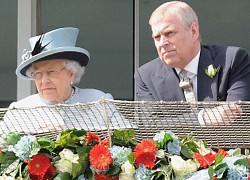 Hoàng Anh10:16:17 11/10/2022Queen Elizabeth II's entire political life has left many marks on the British Empire, but her survivors do not really have the excellence of their mother. At the funeral of Queen Elizabeth II, her third child, Prince Andrew, only wore a suit instead of a royal military uniform...
Hoàng Anh10:16:17 11/10/2022Queen Elizabeth II's entire political life has left many marks on the British Empire, but her survivors do not really have the excellence of their mother. At the funeral of Queen Elizabeth II, her third child, Prince Andrew, only wore a suit instead of a royal military uniform...

1 | 0 Discuss | Share
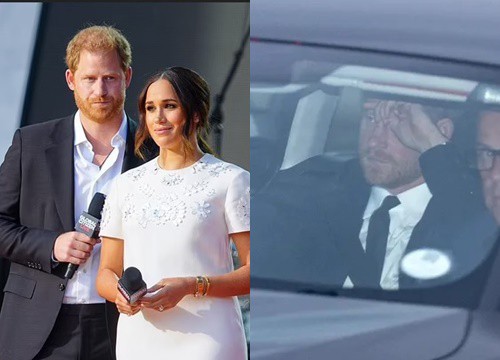
2 | 0 Discuss | Share

4 | 0 Discuss | Share
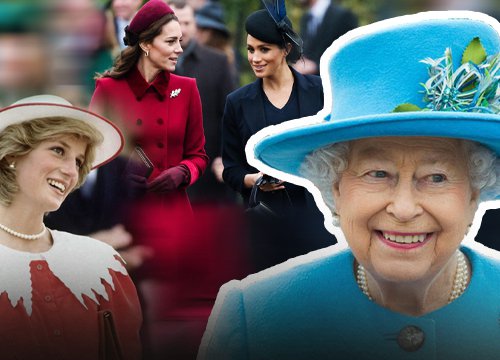
4 | 0 Discuss | Share

3 | 1 Discuss | Share

1 | 1 Discuss | Share

3 | 1 Discuss | Share

3 | 1 Discuss | Share

3 | 1 Discuss | Share
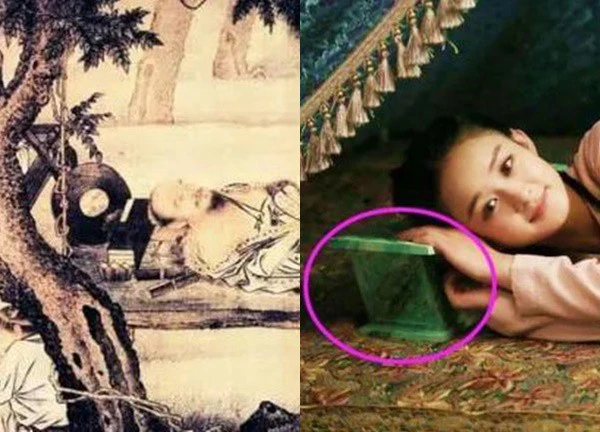
1 | 1 Discuss | Share

2 | 1 Discuss | Share
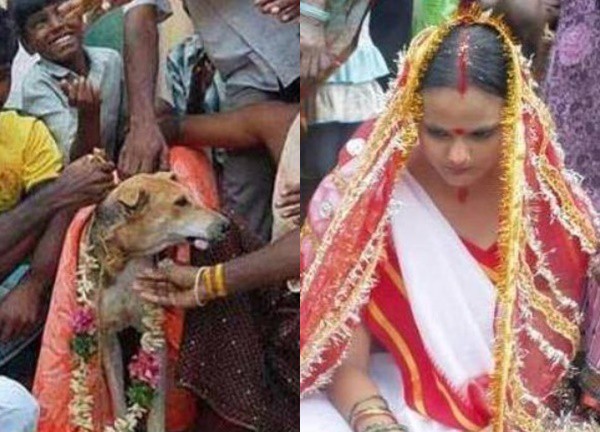
3 | 1 Discuss | Share










2 | 0 Discuss | Report